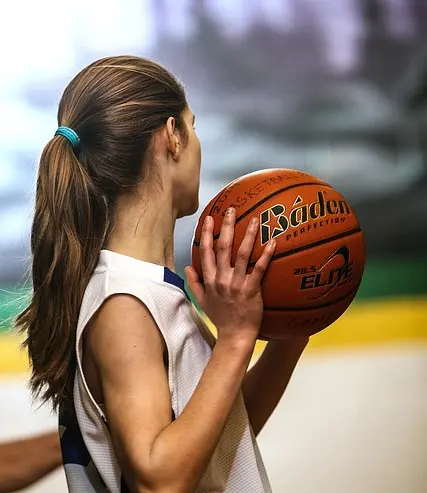
Changing the Game in Women’s Basketball
Whether avid sports enthusiasts or casual observers, there are few across the United States who fail to recognize the name Caitlin Clark after this past March. The college basketball star competed in last month’s NCAA Women’s March Madness tournament, contributing to record-breaking viewership and propelling the Iowa Hawkeyes to the Finals. Caitlin became a national sensation as the holder of the NCAA career scoring record, across both men’s and women’s divisions, with 3,951 points. She also notably played in the three most-watched women’s games on record. Last month’s March Madness Finals, the last game of her college career, attracted the highest viewership of the three, with 18.9 million viewers – surpassing the men’s final (14.8m), as well as last year’s NBA Finals (11.6m), and World Series (9.1m).
Following her stellar career at the University of Iowa, Caitlin faced a pivotal decision: whether to continue playing college basketball or make the leap to the WNBA. Many have speculated which of the two paths might be more profitable for Caitlin. In 2021, the NCAA dropped its ban on student athletes’ ability to earn money on their name, image, and likeness (“NIL”), which has allowed Caitlin to profit from her stardom by signing numerous endorsement deals with well-known companies, including Gatorade, Buick, State Farm, and Goldman Sachs. It has been estimated by college sports media site On3 that Caitlin is one of the top four earning collegiate athletes from NIL deals, with $3.1m earned during her time at Iowa.
This amount is staggering when compared to what Caitlin stands to earn as a WNBA rookie. Compensation in the WNBA is set by the league’s collective bargaining agreement, which, for early-round draft picks, is a $76,535 base salary cap for a rookie this season. However, when factoring in marketing agreements with the league, Caitlin could make closer to $500 thousand. Although the NIL deals Caitlin inked in college were not a salary, and she will likely continue to sign endorsement deals as a WNBA player, some speculate that her personal brand may be stronger as a collegiate athlete than as a professional. Despite the WNBA’s rising average viewership per game – increasing from 379,000 in 2022 to 505,000 in 2023 – college games still draw more viewers (particularly during the March Madness Tournament), potentially justifying higher endorsement values.
Despite the potential pay cut by moving to the professional league, Caitlin ultimately decided to pursue playing at the highest level, the WNBA, where she was the first pick of the draft last week. Her audience seems to have followed her, with 2.45m viewers watching this year, more than four times any previous draft.
Perhaps corporate sponsors believe Caitlin’s significant following will continue to watch her play once she joins the WNBA. Reports published yesterday indicate that Caitlin is set to sign an 8-year, $28 million deal with Nike, including her own signature shoe – making her the largest endorsement holder in the league within a week of being drafted. It seems that Caitlin may have made the right decision after all.
Corey Erdoes

